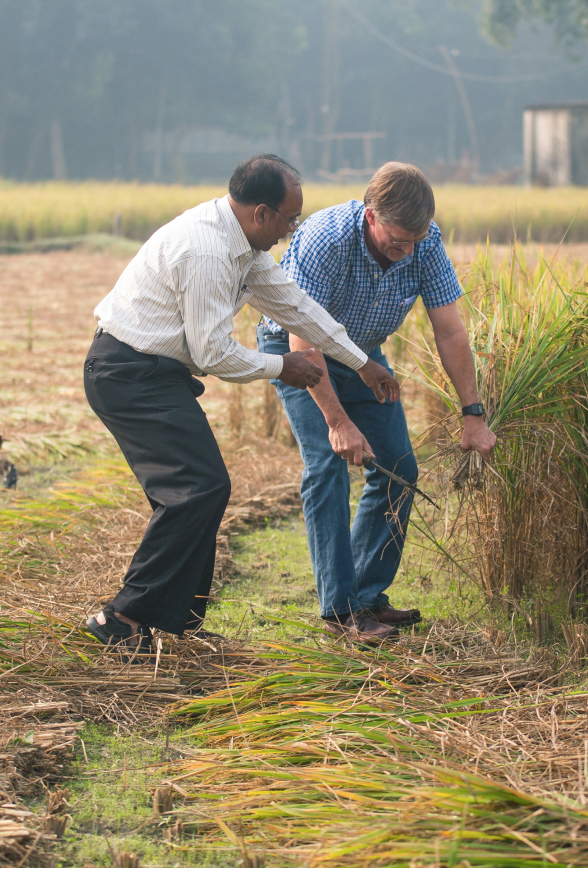Where we started
We have always kept our eyes open for the unfolding needs and opportunities that keep coming up in a world of disasters and human suffering.
I operate on the principle that there are risks we cannot afford not to take. We need to go to the hard places and rather than curse the darkness, we need to light a candle there to give light and hope to those who are suffering.
A few days before 9-11, my wife had a dream that we were all on the top of high building and a plane came and circled the building once and then crashed into it and the building fell down, with us on it. We landed in a river and my wife said to people “We have to go back to our place of serving those people!”
When we saw the planes crash into the twin towers we all had the sense that this dream was given providentially to help guide us to get involved with the suffering people of Afghanistan.
We already felt maxed out with all that we were doing to serve the people of Tajikistan. But when we crossed the border into NE Afghanistan, we were shocked at what we found.
David teaching, 1979
We found 4000 families who had dug holes literally into the ground and had plastic sheets over their heads for shelter. This was because the Taliban had burned their homes and villages. Tragically, all of their children under two years of age had died while surviving in this open desolate, no mans land.
We immediately started proving food relief, and then moved more deeply into NE Afghanistan. We then found 1000’s of people on the verge is starvation as they had been under siege for seven years against the Taliban. We picked an area where no one was working, sent staff there to set up an office, and then began a massive relief effort to help 1000’s of families.
Women were boiling grass to survive.
We started to feed 100,000 people each month in partnership with 2-3 other international NGOs’s in “food for work” projects which continued for two years.
We determined that in order to find the best strategy and way to help the Afghan people, we needed to do thorough needs assessments, and work with community leaders themselves. As we defined this, we committed ourselves to find a way to fulfill this strategy. We determined to find a way to do the projects needed through private donors, business people, foundations, churches, and not through institutional donors. We found institutional donors often had more money, but they also wanted to dictate and constantly change what we were doing.
In the next two years, we provided 24 million USD of aid to 500,000 Afghans, including building 35 schools, 250 kilometers of roads, provide 80,000 pairs of shoes and school kits and more.
We immediately took a long-term view and commitment to Afghanistan realizing it would take decades of work to see the lasting transformation needed.
“We need to go where it is darkest and rather than curse the darkness, light a candle there to give light and hope to those who are suffering.”
David’s History

David was born, grew up and lived in New Jersey. As he finished his BA in intercultural studies, he started off his career in cross cultural work in south Asia among Afghan refugees. After marrying his beautiful bride, Pam, they continued serving in south and central Asia for the next 37 years including India, Pakistan, Bangladesh, Tajikistan, Afghanistan, and Iran. He also finished his MA in intercultural studies in 1991.
In 1992 David started a new Non Government Organization (NGO) called the Central Asian Development Agency (CADA). This started work in Tajikistan and grew until it had about 200 staff working in seven cities in community development, disaster relief, educational programs, and even starting the first email Internet service for the whole country from 1995 to 2001. Eventually CADA branched out into Afghanistan and Iran.
During these years, David also led training programs in bi-vocational work, started NGOs in three different countries, trained and empowered hundreds of national and international staff, and saw creative projects started that helped bring lasting and deep transformation of people and communities.
Today David continues to help create new life changing, impactful projects, and oversees the training of more national and international staff, including, working with their boards.
David has a driving passion to see lives changed for the better especially in what are considered hard places and among the most marginalized and forgotten peoples of the world.